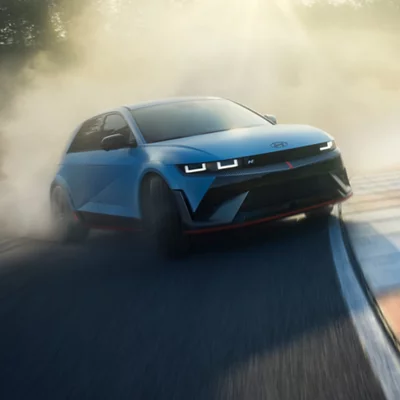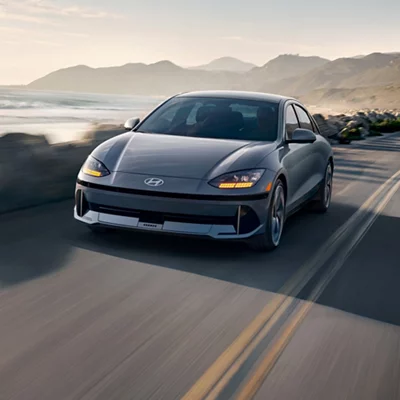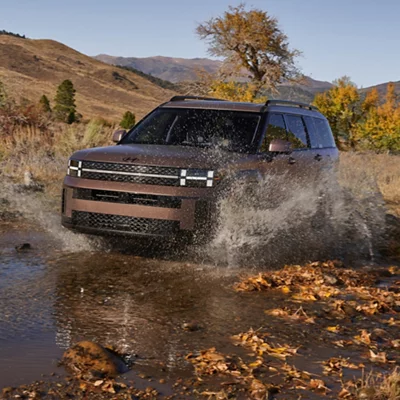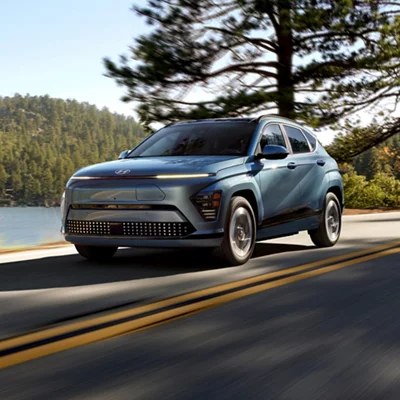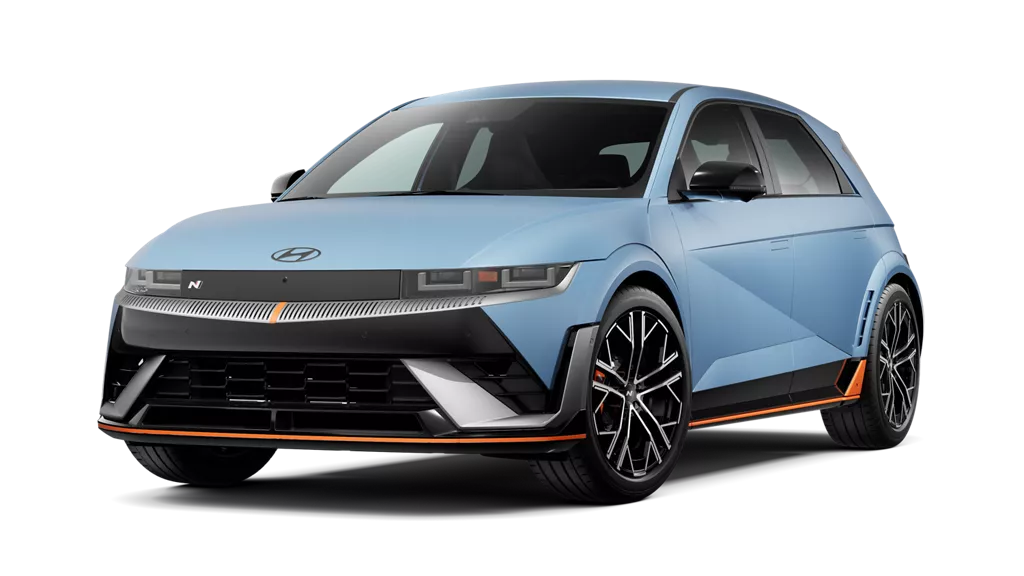

Hyundai Electrified Vehicles
Hyundai Electrified Vehicles
Hyundai Electrified Vehicles
Hyundai Electrified Vehicles
Hyundai Electrified Vehicles
Hyundai Electrified Vehicles
Hyundai Electrified Vehicles
Hyundai Electrified Vehicles
Hyundai Electrified Vehicles
Hyundai Electrified Vehicles
Hyundai Electrified Vehicles
Hyundai Electrified Vehicles
Hyundai Electrified Vehicles
Hyundai Electrified Vehicles
Hyundai Electrified Vehicles
Hyundai Electrified Vehicles
Hyundai Electrified Vehicles
Hyundai Electrified Vehicles
Hyundai Electrified Vehicles
Hyundai Electrified Vehicles
Hyundai Electrified Vehicles
Hyundai Electrified Vehicles
Hyundai Electrified Vehicles
Hyundai Electrified Vehicles
Hyundai Electrified Vehicles
Hyundai Electrified Vehicles
Hyundai Electrified Vehicles
Hyundai Electrified Vehicles
Hyundai Electrified Vehicles
Hyundai Electrified Vehicles
Hyundai Electrified Vehicles
Hyundai Electrified Vehicles
Hyundai Electrified Vehicles
Hyundai Electrified Vehicles
Hyundai Electrified Vehicles
Hyundai Electrified Vehicles
America’s Most Awarded EV Lineup. Plus, hybrids and plug-in hybrids, too. America’s Most Awarded EV Lineup. Plus, hybrids and plug-in hybrids, too. America’s Most Awarded EV Lineup. Plus, hybrids and plug-in hybrids, too. America’s Most Awarded EV Lineup. Plus, hybrids and plug-in hybrids, too. America’s Most Awarded EV Lineup. Plus, hybrids and plug-in hybrids, too. America’s Most Awarded EV Lineup. Plus, hybrids and plug-in hybrids, too.
Your journey begins here.
Your journey begins here.
Your journey begins here.
Your journey begins here.
Pulling the plug on misconceptions.
Pulling the plug on misconceptions.
Pulling the
plug on misconceptions.
Pulling the plug on misconceptions.
Our electrified powertrains.
Our electrified powertrains.
Our electrified powertrains.
Our electrified powertrains.




Electric
Using motors entirely powered by batteries, electric vehicles can drive farther than you’d expect–up to an EPA-est. 342 miles for IONIQ 6. Regenerative braking helps extend range, but the battery is mainly recharged by plugging into an outlet. Charging speed depends on the vehicle and charger type. For instance, IONIQ 5 and IONIQ 6 can use an 800V DC charger for ultra-fast charging, making them among the fastest charging EVs.




Plug-in Hybrid
With a battery-powered motor and a gas engine, plug-in hybrids have bigger batteries than hybrids, so you actually have the option of driving in all-electric mode. You also get an impressive combined range too—as high as an EPA-estimated 419 miles with 2025 TUCSON Plug-in Hybrid. The battery can be recharged with an electrical outlet, and regenerative braking helps extend driving range.




Hybrid
Hybrids use their gas engine and electric motor separately or together, depending on the speed. The motor’s battery is recharged by only the regenerative brakes, so there’s no need for you to plug in to an outlet. For these reasons, hybrids tend to have better fuel efficiency than their gas-only counterparts. The 2026 PALISADE Hybrid, not only offers best-in class interior space, but also an EPA-estimated range of up to 619 miles.




Electric
Using motors entirely powered by batteries, electric vehicles can drive farther than you’d expect–up to an EPA-est. 342 miles for IONIQ 6. Regenerative braking helps extend range, but the battery is mainly recharged by plugging into an outlet. Charging speed depends on the vehicle and charger type. For instance, IONIQ 5 and IONIQ 6 can use an 800V DC charger for ultra-fast charging, making them among the fastest charging EVs.




Plug-in Hybrid
With a battery-powered motor and a gas engine, plug-in hybrids have bigger batteries than hybrids, so you actually have the option of driving in all-electric mode. You also get an impressive combined range too—as high as an EPA-estimated 419 miles with 2025 TUCSON Plug-in Hybrid. The battery can be recharged with an electrical outlet, and regenerative braking helps extend driving range.




Hybrid
Hybrids use their gas engine and electric motor separately or together, depending on the speed. The motor’s battery is recharged by only the regenerative brakes, so there’s no need for you to plug in to an outlet. For these reasons, hybrids tend to have better fuel efficiency than their gas-only counterparts. The 2026 PALISADE Hybrid, not only offers best-in class interior space, but also an EPA-estimated range of up to 619 miles.
Which electrified Hyundai is right for you?



Featured {{ modelYear }} {{ modelName }} Reviews
Featured {{ modelYear }} {{ modelName }} Reviews
Featured {{ modelYear }} {{ modelName }} Reviews
Featured {{ modelYear }} {{ modelName }} Reviews
Featured {{ modelYear }} {{ modelName }} Reviews
Featured {{ modelYear }} {{ modelName }} Reviews
Featured {{ modelYear }} {{ modelName }} Reviews
Featured {{ modelYear }} {{ modelName }} Reviews
Featured {{ modelYear }} {{ modelName }} Reviews
Featured {{ modelYear }} {{ modelName }} Reviews
Featured {{ modelYear }} {{ modelName }} Reviews
Featured {{ modelYear }} {{ modelName }} Reviews
Featured {{ modelYear }} {{ modelName }} Reviews
Featured {{ modelYear }} {{ modelName }} Reviews
Featured {{ modelYear }} {{ modelName }} Reviews
Featured {{ modelYear }} {{ modelName }} Reviews






































